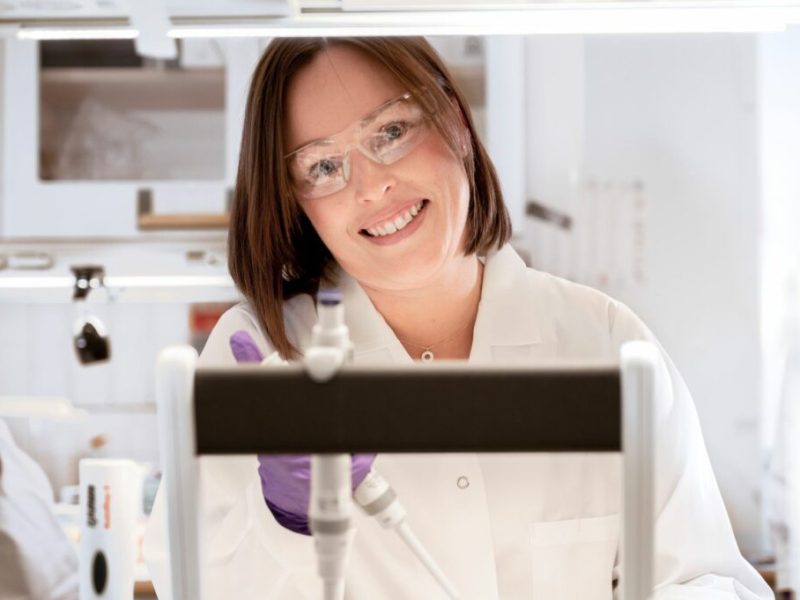A product’s claim to being a cosmeceutical does not guarantee that it performs as advertised. Selecting cosmeceutical skin care that relies on scientifically validated components is the surest method to receive what you pay for. Some components have been investigated more extensively than others and found to have real biological effects on the skin.
The cosmeceutical sector conducts most of the research on its compounds because academics pay little attention to them. Even so, there is solid proof that some substances have discernible effects on the skin. This is how you know you’re getting high-performance, effective cosmeceutical skin care: by looking for these substances.
Acid alpha-lipoic (ALA)
As a potent antioxidant, alpha-lipoic acid (ALA) helps keep skin cells from being damaged by free radicals. It is frequently included in eye lotions and serums to combat dark circles. Some studies suggest that alpha-lipoic acid can strengthen skin and minimise the appearance of big pores.
Peptides
Peptides are a type of naturally occurring short-chain amino acid that may be found in the skin. Peptides increase collagen synthesis, which smooths out fine wrinkles and makes skin appear firmer. However, whether or not peptides can be absorbed when used topically in a skincare product remains an open question.
Ceramides
Ceramides function as structural elements in the skin. Their main selling point is the fact that they prevent dryness.
Ceramides decrease water loss via the skin’s outermost layer, or epidermis (or TEWL). Said it prevents water from evaporating from the skin. As it hydrates and firms the skin, it also reduces the appearance of fine lines and wrinkles.
Green tea
Polyphenol epigallocatechin-3-gallate is particularly abundant in green tea (EGCG). Protecting against UV damage, increasing collagen formation, and reducing inflammation are some of the benefits of EGCG. This does not, however, make green tea a suitable alternative to sunscreen. However, green tea extract-containing sunscreens may provide some additional defence against the sun’s ageing rays.
Soy
One theory is that soy might slow down the natural thinning of the skin and the loss of collagen that comes with becoming older. Research suggests it may increase collagen production as well.
Hydrolysed hyaluronic acid
The skin contains hyaluronic acid, which decreases with ageing. Hyaluronic acid maintains skin moisture and elasticity. Hyaluronic acid, like ceramides, helps the skin seem full and healthy.
Niacinamide (vitamin B3)
Vitamin B3 niacinamide is another powerful antioxidant. Niacinamide improves the skin’s moisture content. Also, it helps reduce redness, blotchiness, and hyperpigmentation, which all contribute to an uneven complexion. It protects the skin from the natural dulling that occurs with age and makes it seem younger.
Alpha-hydroxy acids (AHAs)
The effectiveness of alpha hydroxy acids (AHAs) has been studied extensively. Glycolic acid, lactic acid, malic acid, mandelic acid, and benzilic acid are some of the most useful. Exfoliation is boosted by alpha hydroxy acids, leaving skin feeling silkier and looking more radiant. As an added benefit, AHAs can lighten hyperpigmentation and sunspots.
Retinaldehyde and retinol
It is possible to reduce hyperpigmentation and wrinkle depth using retinol and retinaldehyde. Additionally, they help the skin feel softer and may prevent collagen breakdown. In particular, retinaldehyde has been demonstrated to smooth out wrinkles, even the deepest ones.
Vitamin E
Vitamin E helps repair UV damage and may prevent further elastin breakdown. Combining it with vitamin C increases its effectiveness. However, similar to vitamin C, it is susceptible to instability and rapid degradation.

